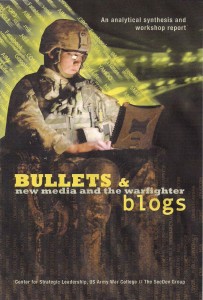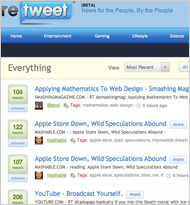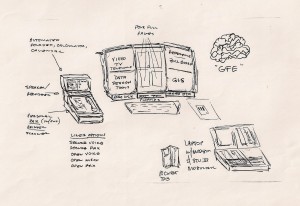Phi Beta Iota Net Assessment: The US Government succeeded at what it set out to do: evacuate Americans and stabilize the US Embassy. The US Coast Guard, specifically, distinguished itself, but it was not properly managed by the White House. The US Government has failed terribly at the strategic level (not recognizing that massive aid is necessary in order to avoid a boat-lift exodus); at the operational level (failing to implement a regional traffic management plan, both air and sea, and a reverse TPFID; at the tactical level (failing to carpet bomb the place with water, food, and tentage; to include drive by touch and go deliveries by every available National Guard C-130); and at the technical level (failing to recognize–as we anticipated–that weather would make this disaster worse, and not ramming every Red Hat, Sea Bee, and Army engineering battalion into play, along with landing craft delivery of building supplies to each of the six open ports. The US Government–from the White House to the CIA and DIA to USSOUTHCOM–has failed the US public by not recognizing the gravity of the Haiti situatioin; by not putting in Peace Jumpers and getting a grip in detail on the situation grid square by grid square; by failing to create a net assessment out 90-180 days so as to compellingly justify a massive peaceful preventive response. We've blown it in Haiti. Again.
Disease, starvation rising in Haiti (Baltimore Sun)
PORT-AU-PRINCE, Haiti — – Fourteen-month-old Abigail Charlot survived Haiti's cataclysmic earthquake but not its miserable aftermath. Brought into the capital's General Hospital with fever and diarrhea, Abigail literally dried up. Sometimes they arrive too late,” said Dr. Adrien Colimon, the chief of pediatrics, shaking her head. The second stage of Haiti's medical emergency has begun, with diarrheal illnesses, acute respiratory infections and malnutrition beginning to claim lives by the dozen. And while the half-million people jammed into germ-breeding makeshift camps have so far been spared a contagious-disease outbreak, health officials fear epidemics. They are rushing to vaccinate 530,000 children against measles, diphtheria, tetanus and whooping cough.
Rain pours new misery on quake-struck Haiti (Reuters)
PORT-AU-PRINCE (Reuters) – Rain drenched quake survivors in the tent camps of the Haitian capital on Thursday, a warning of fresh misery to come for the 1 million homeless living in the street one month after the devastating earthquake.
Haiti offers conflicting counts on number of quake deaths (Boston Globe)
TITANYEN, Haiti – Haiti issued wildly conflicting death tolls for the Jan. 12 earthquake yesterday, adding to the confusion about how many people died – and to suspicion that nobody really knows. A day after Marie-Laurence Jocelyn Lassegue, communications minister, raised the official death toll to 230,000, her office put out a statement quoting President Rene Preval as saying the government had hastily buried 270,000 bodies following the earthquake. A press officer withdrew the statement, saying there was an error, but reissued it within minutes. Later yesterday, the ministry said that because of a typo, the number should have read 170,000.
A System Designed to Fail Haitians (Huffington Post)
Conditions in Haiti remain unbearable for many. Nearly a month after the quake, there is still a shortage of basic necessities, including food, water, and shelter. The potential death toll is staggering and there is a shortage of medical staff to deal with the injured. There is no way to know what other difficulties or particular risks might face some Haitians who are returned. While it may be no surprise that some Haitians have opted to flee by boat, what may come as a surprise to some is the U.S. policy for dealing with those who do.





 The software chapter in
The software chapter in